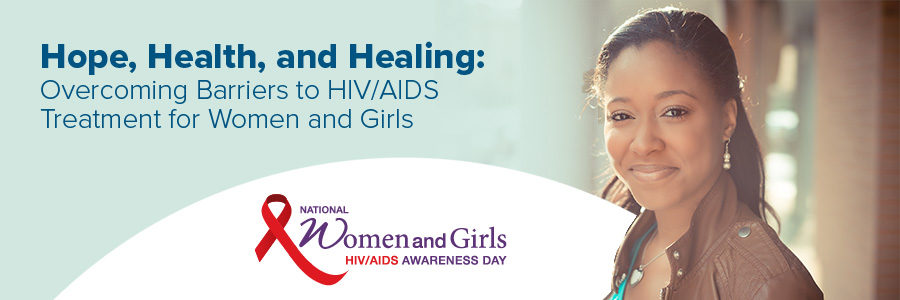
The NWGHAAD 2025 Toolkit is designed to help individuals and organizations raise awareness, promote conversations, and support treatment and care during the observance and throughout the year. Join us in supporting National Women and Girls HIV/AIDS Awareness Day on March 10, 2025, by amplifying HIV/AIDS messaging and highlighting ways to prevent HIV or live healthy lives with HIV.
How to Use the Toolkit
- Explore the resources. Look through the materials for the best tools to serve your audience and community.
- Download and share the resources. Access the 2025 NWGHAAD resources and share them widely. These resources are free to use and copyright-free.
- Promote the resources on social media. Use ready-made graphics and posts on your social media channels. Remember to use the hashtag #NWGHAAD to reach a broader audience.
- Tag us! Don’t forget to tag the Office on Women’s Health (OWH) on social media so we can cross-promote your messaging.
- Facebook: @HHSOWH
- X: @womenshealth
- LinkedIn: @HHS Office on Women’s Health
Sample Social Media Messages
OWH has developed a series of messages for federal partners and non-federal collaborators to use across their social media channels to uplift the messaging of NWGHAAD. Explore the messages below and tag @HHSOWH on Facebook, @womenshealth on X, and @HHS Office on Women’s Health on LinkedIn.
🎉It's National Women and Girls HIV/AIDS Awareness Day! Visit OWH’s #NWGHAAD page to learn about the 2025 theme, “Hope, Health, and Healing: Overcoming Barriers to HIV/AIDS Treatment for Women and Girls.” www.womenshealth.gov/nwghaad
National Women and Girls HIV/AIDS Awareness Day is on March 10. Learn how you can help women and girls overcome barriers to #HIVAIDS treatment in your community. Visit OWH’s #NWGHAAD page at www.womenshealth.gov/nwghaad/resources to access resources and learn more!
📊 Recent estimates from @CDCgov show that 1.2M people in the U.S. have #HIV and of those, 272,360 are women. This National Women and Girls HIV/AIDS Awareness Day, join OWH in supporting those at risk for and living with HIV. www.womenshealth.gov/nwghaad
Women are less likely to be screened for #HIV partly due to the perception that they aren’t at risk. On National Women and Girls HIV/AIDS Awareness Day, share resources from OWH to help educate women & girls about HIV. #NWGHAAD www.womenshealth.gov/nwghaad/resources
#HIV treatment is most successful when you actively take part in your medical care. Join OWH during National #Women and #Girls HIV/AIDS Awareness Day to share actionable information about taking charge of your care: https://www.hiv.gov/hiv-basics/starting-hiv-care/find-a-provider/take-charge-of-your-care #NWGHAAD
How can you help a woman or girl who has just been diagnosed with #HIV? Today on National Women and Girls HIV/AIDS Awareness Day, join OWH to learn about the actionable steps to supporting someone with HIV: https://www.hiv.gov/hiv-basics/overview/making-a-difference/supporting-someone-living-with-hiv. #NWGHAAD
💜 Want to support those at risk for and living with #HIV during National Women and Girls HIV/AIDS Awareness Day? Explore the #NWGHAAD toolkit and resources from OWH and share them with your family, friends, and loved ones. www.womenshealth.gov/nwghaad/resources
Knowing your status is the first step to prevent transmission of #HIV and avoid development of #AIDS. 🧪 Protect yourself with tools like PrEP, condoms, and regular testing. Ask your health care provider for more info & visit www.womenshealth.gov/nwghaad to learn more! #NWGHAAD
🎉 Today is National Women and Girls HIV/AIDS Awareness Day! #NWGHAAD reinforces National HIV/AIDS Strategy goals to prevent new #HIV infections, improve HIV-related health outcomes, and reduce HIV-related disparities for all communities, including women & girls. Learn more: files.hiv.gov/s3fs-public/NHAS-2022-2025.pdf.
Sharable Graphics
To save the graphics below, click “View Image” under the graphics to access the full-size version, right-click or hold on the image, and save it to your device. You can also access and share the graphics by visiting the OWH 2025 NWGHAAD Pinterest board. Feel free to use the sample social media messages above to accompany the graphics.
Resources to Learn More
Explore and share the resources below to learn more about HIV/AIDS and access services from partners and collaborators.
Federal Resources
Data
- HIV.gov AHEAD Dashboard – U.S. Department of Health and Human Services (HHS)
- AtlasPlus – Centers for Disease Control and Prevention (CDC), National Center for HIV, Viral Hepatitis, STD, and Tuberculosis Prevention (NCHHSTP)
- Data Hub: NIH HIV and Women’s Health Topical Portfolio Analysis – NIH Office of AIDS Research (OAR)
Information for Providers
- At the Intersection: HIV & Substance Use Research Videos – NIH National Institute on Drug Abuse (NIDA)
- Clinical Information – Indian Health Service (IHS)
- Getting to Work: A Training Curriculum for HIV/AIDS Service Providers and Housing Providers (in collaboration with the U.S. Department of Housing and Urban Development (HUD))
- HIV and PrEP Online Trainings – Indian Health Service (IHS)
- HIV Resources and Prevention Tools – Indian Health Service (IHS)
- National Prevention Information Network – Centers for Disease Control and Prevention (CDC)
Resources
- HIV.gov – U.S. Department of Health and Human Services (HHS)
- HIV/AIDS & Employment – U.S. Department of Labor
- HIV and AIDS Resources for Medicare Beneficiaries – U.S. Centers for Medicare & Medicaid Services (CMS)
- HIV Care, Prevention, and Treatment for Women – HIV.gov
- HIV Tips and Tools for Veterans and the Public – U.S. Department of Veterans Affairs (VA)
- Hotlines for Patients and People Living with HIV/AIDS – Indian Health Service (IHS)
- Housing Opportunities for Persons with AIDS Program – U.S. Department of Housing and Urban Development (HUD)
- Just Diagnosed Resources – U.S. Department of Veterans Affairs (VA)
- Ryan White HIV/AIDS Program Resources – Health Resources & Services Administration (HRSA)
Services
- HIV.gov Service Locator – U.S. Department of Health and Human Services (HHS)
- Find HIV Services – Centers for Disease Control and Prevention (CDC)
- HIV Care – Health Resources & Services Administration (HRSA)
HIV/AIDS Information
- Ending HIV Epidemic in the U.S. (EHE) – HHS Office of Infectious Disease and HIV/AIDS Policy (OIDP)
- Get the Facts About HIV – NIH National Library of Medicine (NLM): MedlinePlus
- HIV – Centers for Disease Control and Prevention (CDC)
- HIV/AIDS – NIH National Institute of Allergy and Infectious Diseases (NIAID)
- HIV and Women Signature Program – NIH Office of AIDS Research (OAR) and NIH Office of Research on Women’s Health (ORWH)
- HIV in Women – NIH National Library of Medicine (NLM): MedlinePlus
- HIV Medicines During Pregnancy and Childbirth Fact Sheet – HIV.gov
- HIV Treatment – U.S. Food & Drug Administration (FDA)
- Human Immunodeficiency Virus (HIV) – U.S. Food & Drug Administration (FDA)
- Let’s Stop HIV Together Campaign – Centers for Disease Control and Prevention (CDC)
- Preventing Perinatal Transmission of HIV Fact Sheet – HIV.gov
- Prevention of Perinatal HIV Transmission – NIH National Institute of Allergy and Infectious Diseases (NIAID)
- Recommendations for the Use of Antiretroviral Drugs During Pregnancy and Interventions to Reduce Perinatal HIV Transmission in the United States – HIV.gov
- Reproductive Health While on PrEP – NIH National Institute of Allergy and Infectious Diseases (NIAID)
- Women and HIV: Get the Facts on HIV Testing, Prevention, and Treatment – U.S. Food & Drug Administration (FDA), Office of Women’s Health
- #ShesWell: PrEP for Women – Centers for Disease Control and Prevention (CDC)



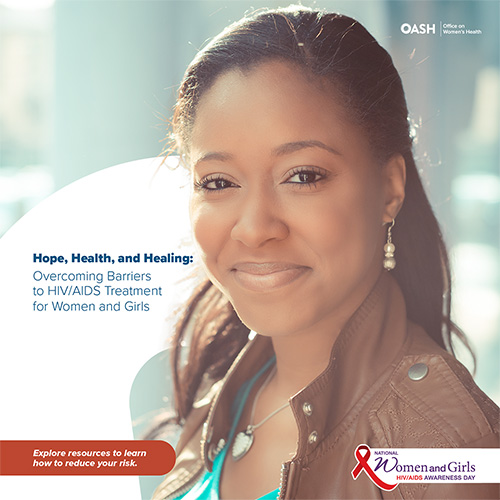 View image
View image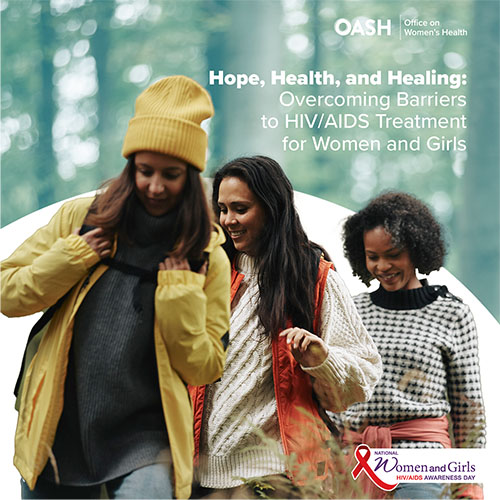 View image
View image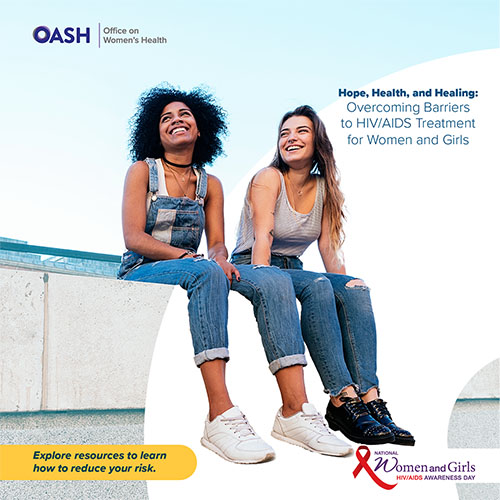 View image
View image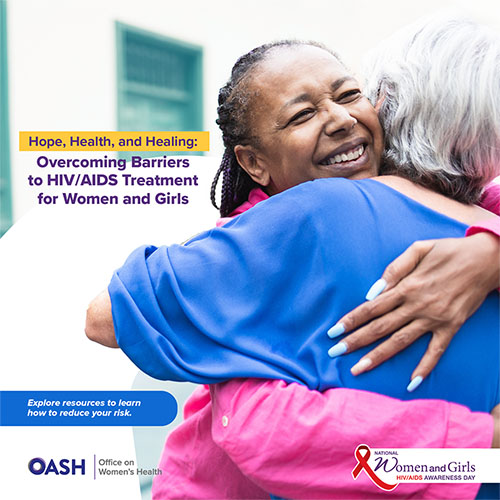 View image
View image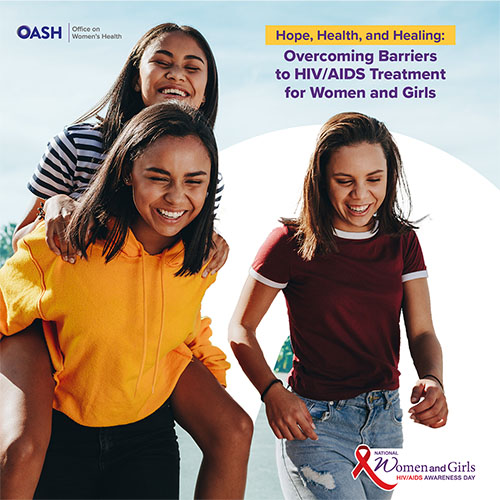 View image
View image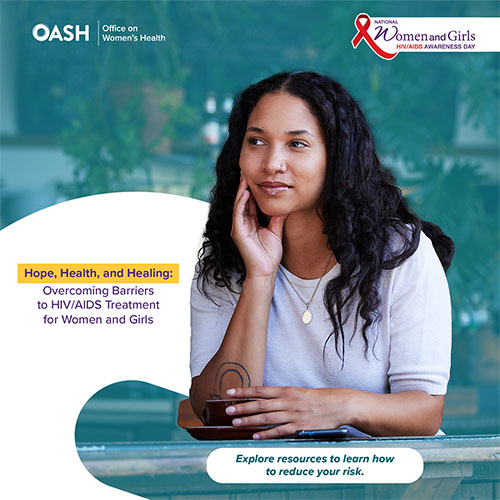 View image
View image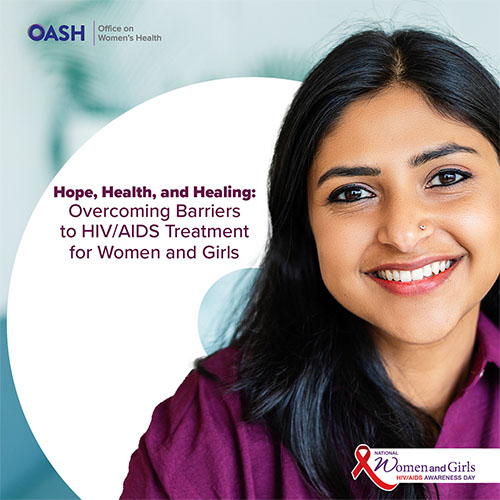 View image
View image View image
View image View image
View image